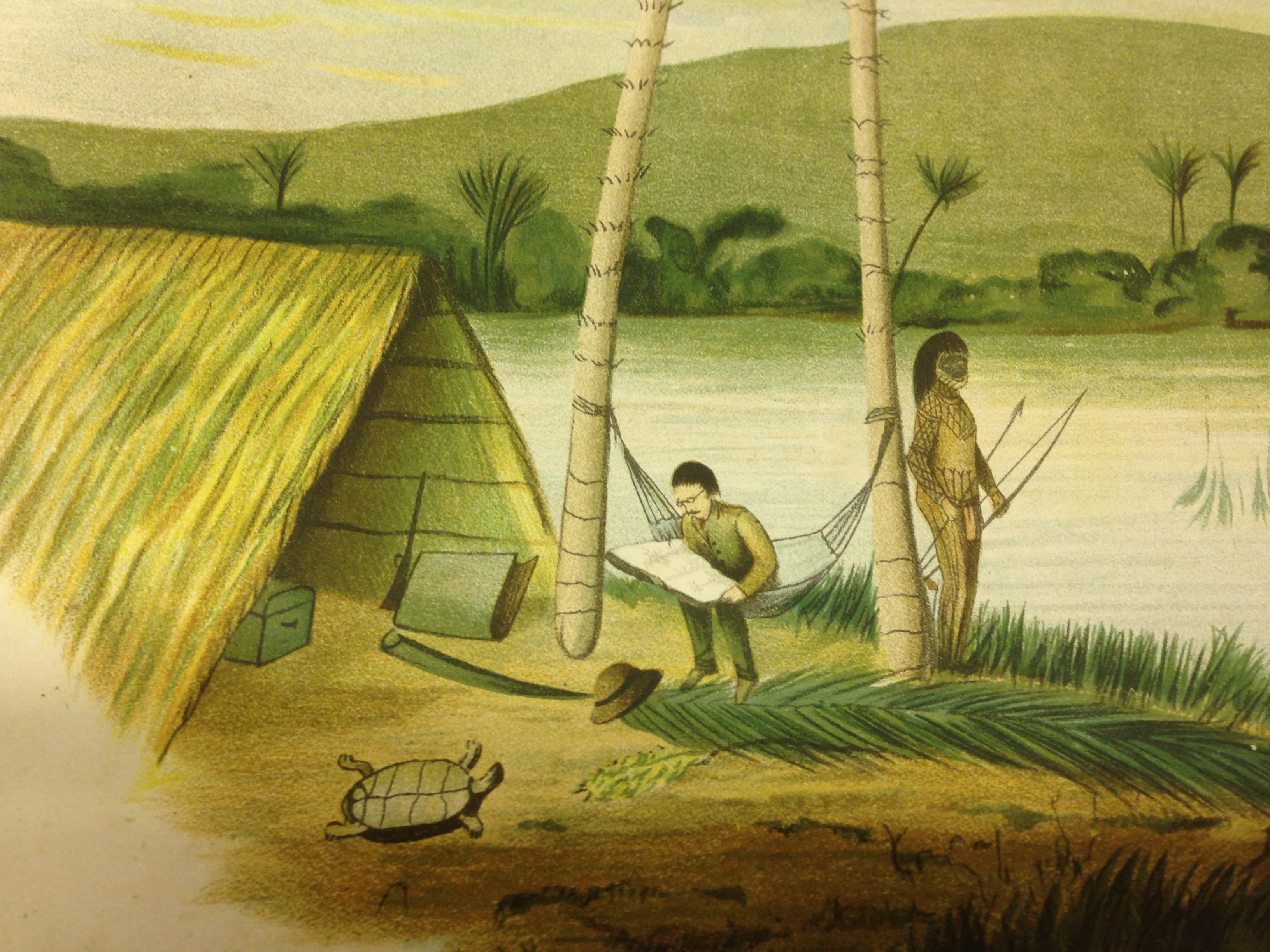Before the turn of the new year, we at Communiqués came into possession of some material, concerning the Order of the Third Bird, that at first appears to be part of a book by a valued associate. But there seems to be some confusion as to whether the author in question, Yves Citton, was actually responsible for this material, which it now appears was inserted into the book manuscript by an unknown malice-maker in the final stages of publication. It would be difficult, in any case, to understand how someone truly intimate with the history of Bird practices (as Citton surely is!) could have written the pages reproduced in part here.

Citton himself, of course, has been speaking of aesthetic experimentation as a kind of athanor of social values – or as a prayer-like suspension of everyday praxis that ultimately allows new forms of praxis to take shape. The contrast between this setting and the alien pages concerning the “Troisième Oiseau” (Third Bird) is substantial for those who – like the Birds themselves – know how to attend.
Attention, in these pages, finds itself defined as a kind of nursing or midwifery, as performance, as “artistic action,” as activism, basically as anything other than itself. The practices of the Order are then co-opted as a kind of re-framing or restabilization:
If the act of looking, in these pages, is what transforms the fundamentally formless into an image, the objects of attention are literally created by acts of attention, as if one were constantly Photoshopping a sea of shifting pixels. In other words, to lend one’s attention to a painting has the effect of arbitrarily consolidating and confirming this painting as a discrete and single object. The practice of the Order begins to look like a conservative act, one of maintaining and reinforcing familiar partitions of the given (the division of reality into things like paintings and sculptures), and a kind of willful forgetting of fundamental instabilities.
One almost begins to imagine acts of Birdlike attention partaking of something like the righteousness of the 36 hidden saints, or tzadikim nistarim, who humbly and silently keep the very world standing on its pillars.
All this, of course, is quite absurd. It is good to have learned that in fact these paragraphs were not authored by M. Citton himself, whose honor and deep command in these matters is beyond question. But more work is needed: we are keen for an investigation that will (hopefully) shed light on what has gone on here. Who has introduced these obfuscatory feints of critical analysis? And how?


